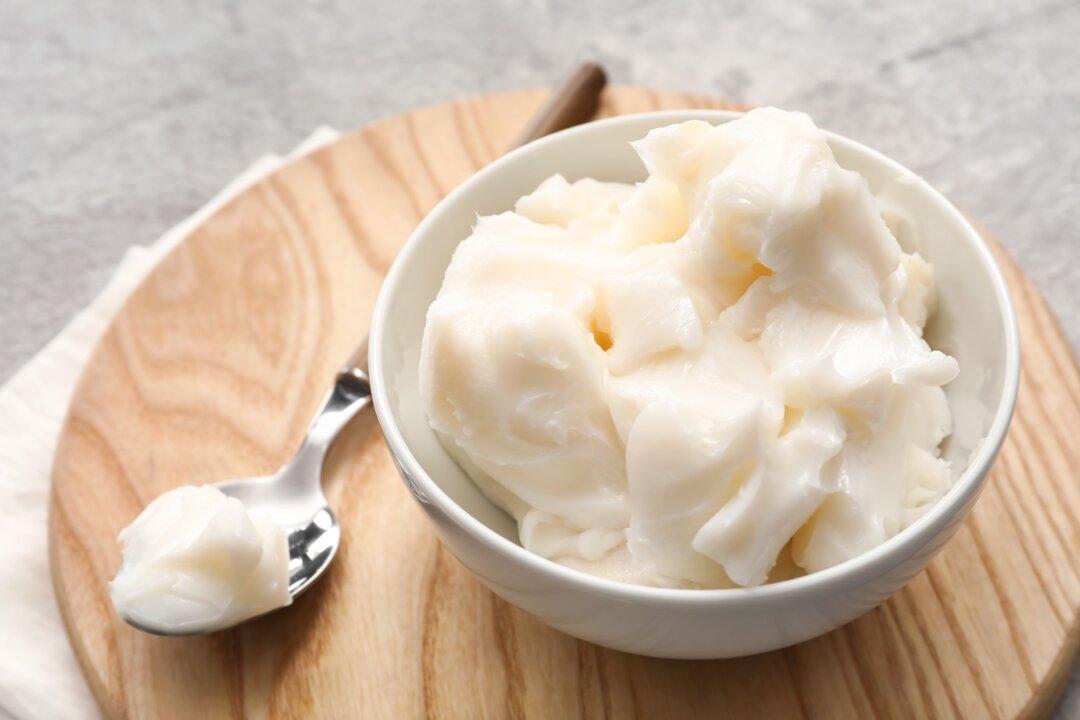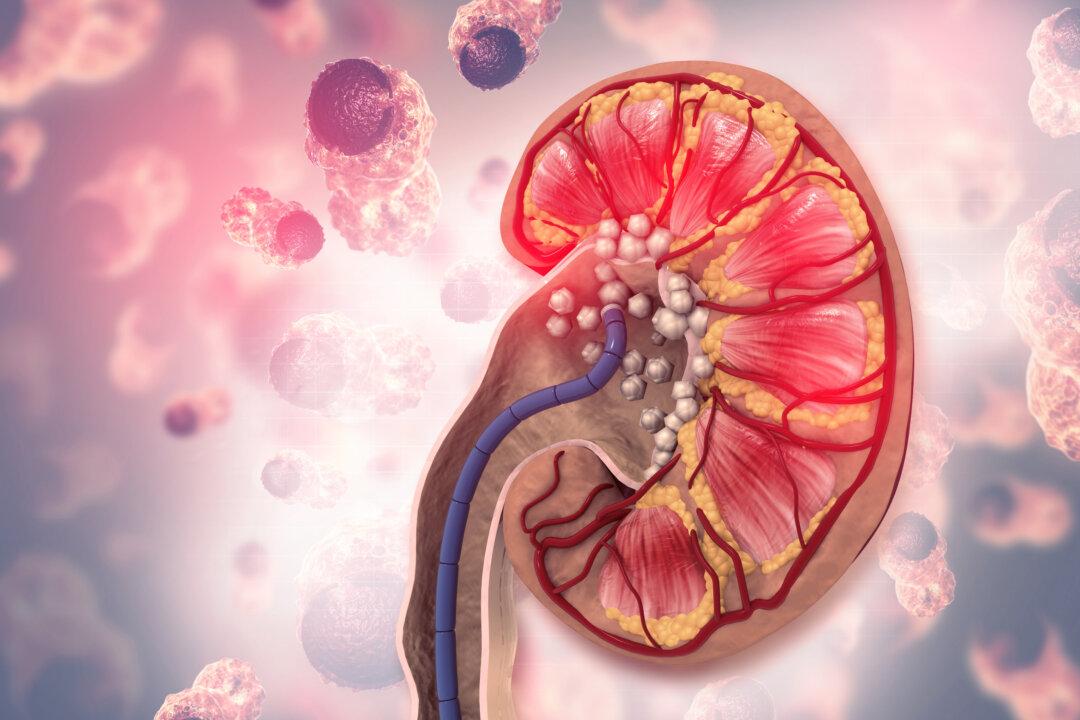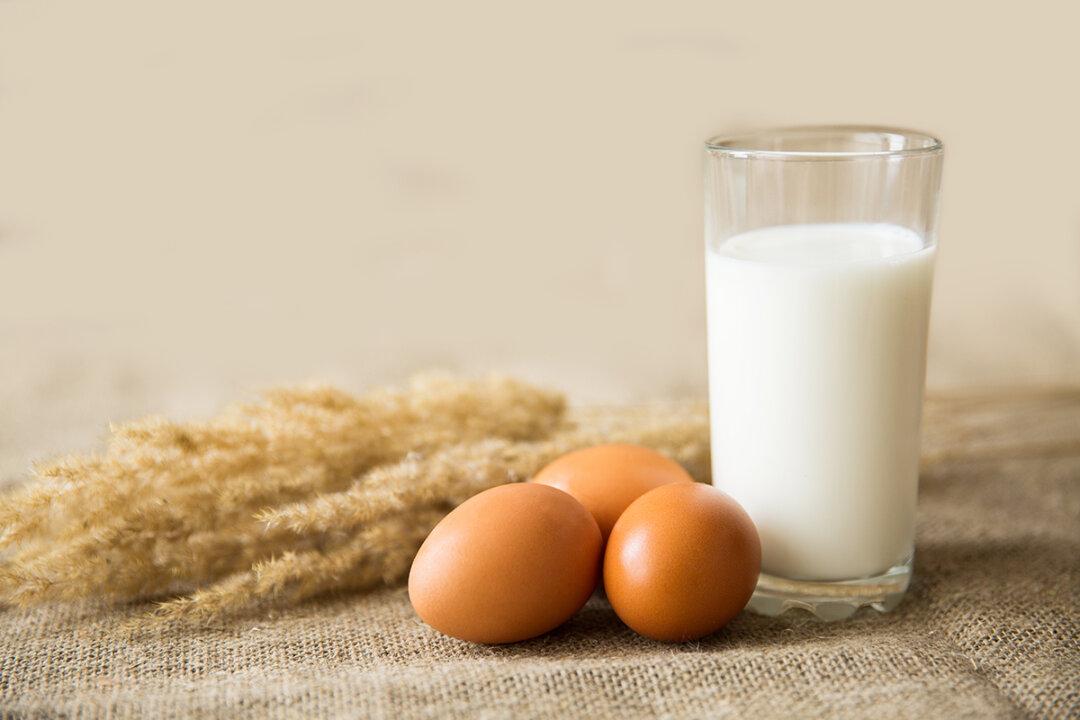We have been led to believe that consuming saturated fat increases the risk of cardiovascular diseases, but is this really the case? There is another harmful fat hidden in many delicious foods, but it is usually overlooked.
Saturated Fat May Not Be the ‘Culprit’ of High Blood Lipids
Saturated fats from lard and coconut oil are believed to increase cholesterol levels, leading to cardiovascular diseases. Therefore, some guidelines recommend that people cut back on foods that contain saturated fat, such as red meat, cakes, and biscuits.However, is saturated fat really bad for you?






